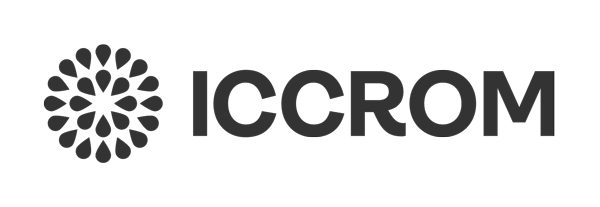Torraca Samples Archive
Type Collection
Date of creation of the archive
- 1986
Date of closure of the archive
- 2010
Creator(s) of the archive
- Giorgio Torraca
Summary Description
- The Torraca Samples Archive is composed of c. 5 000 material samples (mostly mortars and plasters) collected from heritage sites and monuments mostly from Italy, but also Ethiopia (Gondar) and Turkey (Istanbul). The samples were collected by Giorgio Torraca between the 1980s - 2000s to be analyzed during a large number of restoration projects that Mr. Torraca developed and supervised, in collaboration with public institutions, ministries and private foundations.
The restoration projects refer to monuments from Avellino, Basilicata, Bologna, Herculaneum, Matera, Milano, Naples (S. Chiara), Paestum, Salerno, Ravenna, Reggio Emilia, Rome (Campidoglio, Colosseum, Domus Tiberiana, Catacombe Pretestato, Column of Antoninus Pius, Trajan's Column, Trajan's Markets, Temple of Castor and Pollux, Tor di Nona, Basilica of Saints John and Paul, Teatro Marcello, etc.), Selinunte, Taormina, Venice, etc.
Extent
- Type and number of units
- 5 000 aprox. (98 boxes)
Object type
- Archaeological find
Cross-section
Mural painting
Sample
Thin-section
Material type
- Building related material
Cement
Concrete
Mortar
Plaster
Stucco
Geographic Distribution
- Mostly Italy, but also Ethiopia and Turkey
Statement of Significance
- Torraca Sample Archive, together with his paper, photographic and digital records, was declared of remarkable cultural interest by the Italian government in 2014. The Archive is a valuable resource for the conservation community for different reasons:
• The significance of the heritage sites documented through Torraca’s work, including a wide number of properties inscribed in the World Heritage List, e.g. the historic centre of Rome (The Coliseum, Roman Forum, Domus Aurea, Campidoglio); and archaeological areas, such as Herculaneum, Selinunte, and Paestum.
• The historical period covered (beginning of 1980s - 2010), representing almost 30 years of conservation science history.
• In particular, the material samples are a unique resource as in many of the heritage sites documented in this collection the taking of samples is nowadays prohibited. Potentially these samples could be re-used applying non-destructive analysis techniques, which could allow further investigation and knowledge of these sites.
Accessibility
- Yes - upon request
Access requirements
- To grant access to the samples, researchers need to contact ICCROM Archivist in advance and demonstrate a legitimate need.
Type of users
- Researchers engaged in cultural heritage research
Keywords
- Archaeology
Architecture
Conservation
Excavation
Restoration
Treatment
Finding aids
- A list is available in ICCROM Archives

